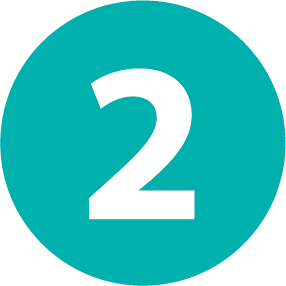
Develop Student Communication & Advocacy Skills: Help Your Students Understand Tattling vs Telling
Communicative skills develop when there’s something meaningful for children to communicate about-when they are taking an active role.
– Lilian Katz

INTRO
There are differences behind the meanings and purposes of tattling vs telling. Tattling is generally associated with reputation, such as when students attempt to get one another in trouble for minor incidents, or try to gain favor by making themselves appear heroic, while telling, on the other hand, is an effort to alert an adult to more serious incidents or safety concerns.
Helping students recognize the difference between tattling and telling is a complicated dance that requires direct instruction, practice, and ongoing support in the classroom. While it’s fairly simple for students to understand the necessity for rules and the expectations that they convey, it can be quite another task for children to determine when rule breaking is something that must be reported.
Teaching children the difference between tattling and telling is not about asking them to accept the unfairness of a rule being broken, it is about pushing them forward to communicate and advocate for themselves and the agreed-upon rules and norms.
The below activity gives students a chance to identify the differences between tattling and telling, practice distinguishing between the two, and a tool for reporting concerns, allowing adults the ability to address safety concerns in confidence, and support communication and problem solving between students.
OBJECTIVES
- Teach students how to identify the differences between tattling and telling
- Teach students how to distinguish between tattling and telling
- Develop a tool for reporting concerns
Activity: Tattling vs Telling
 PREPARE
PREPARE
Print the provided Tattling vs. Telling Cards PDF, and cut the squares into individual cards.
You may want to design your own cards with examples that will resonate with your group of students.
Hang chart paper on the wall, and draw a column down the middle.
On the left side, write the word Tattling.
 DEFINE
DEFINE
Ask students to define tattling.
- What is tattling?
- When might someone tattle?
 EXAMINE
EXAMINE
Write Telling in the right-hand column.
Ask students:
- What is telling?
- How is it different from tattling?
- When might someone tell?
 CARD GAME
CARD GAME
Tell students they will play a game to see if they can tell the differences between tattling and telling.
Have students take turns pulling the printed cards from a bowl (etc) and reading them aloud.
Decide as a community whether the situation is tattling or telling.
As cards are sorted, tape them into the correct column on the chart so students can refer to the examples in the future.
 DISCUSS
DISCUSS
Review the chart and notice that telling happens when someone’s safety or property is in jeopardy, but tattling happens when a problem is reported that can be solved on your own or with a friend.
- Choose 1-2 tattling cards and ask students how they might solve the situations on their own.
 PART 2: REPORT
PART 2: REPORT
Show students the provided Something’s Bugging Me Slips PDF.
Let them know that you hope they will try to solve problems together with their friends, but that they can always come directly to you when something is bugging them, especially a safety concern.
- Show students the slips and model filling one out.
- Dedicate a place for students to submit a slip when they are worried, and commit to checking back in with them within a specified amount of time after receiving a slip.
TIPS
- When beginning this routine, you may receive an influx of slips early on as students come to understand the purpose of the slips.
- Revisit the chart with individuals or the group often.
- When possible, check in with each of the students who submit a slip, even if the incident or concern seems minor to you, in order to validate the student’s feelings and to offer support with how to problem solve with peers.
- Little Things are smaller efforts you can do tomorrow, or within the next week or so.











Responses